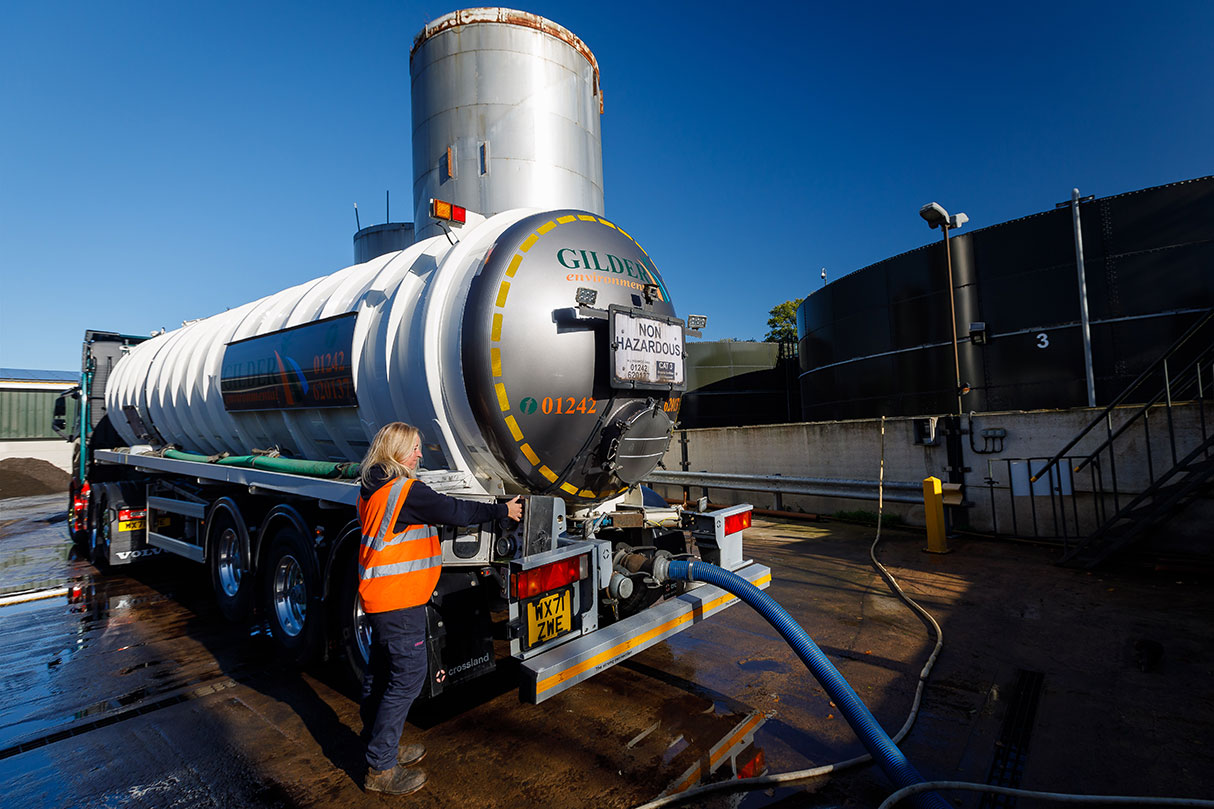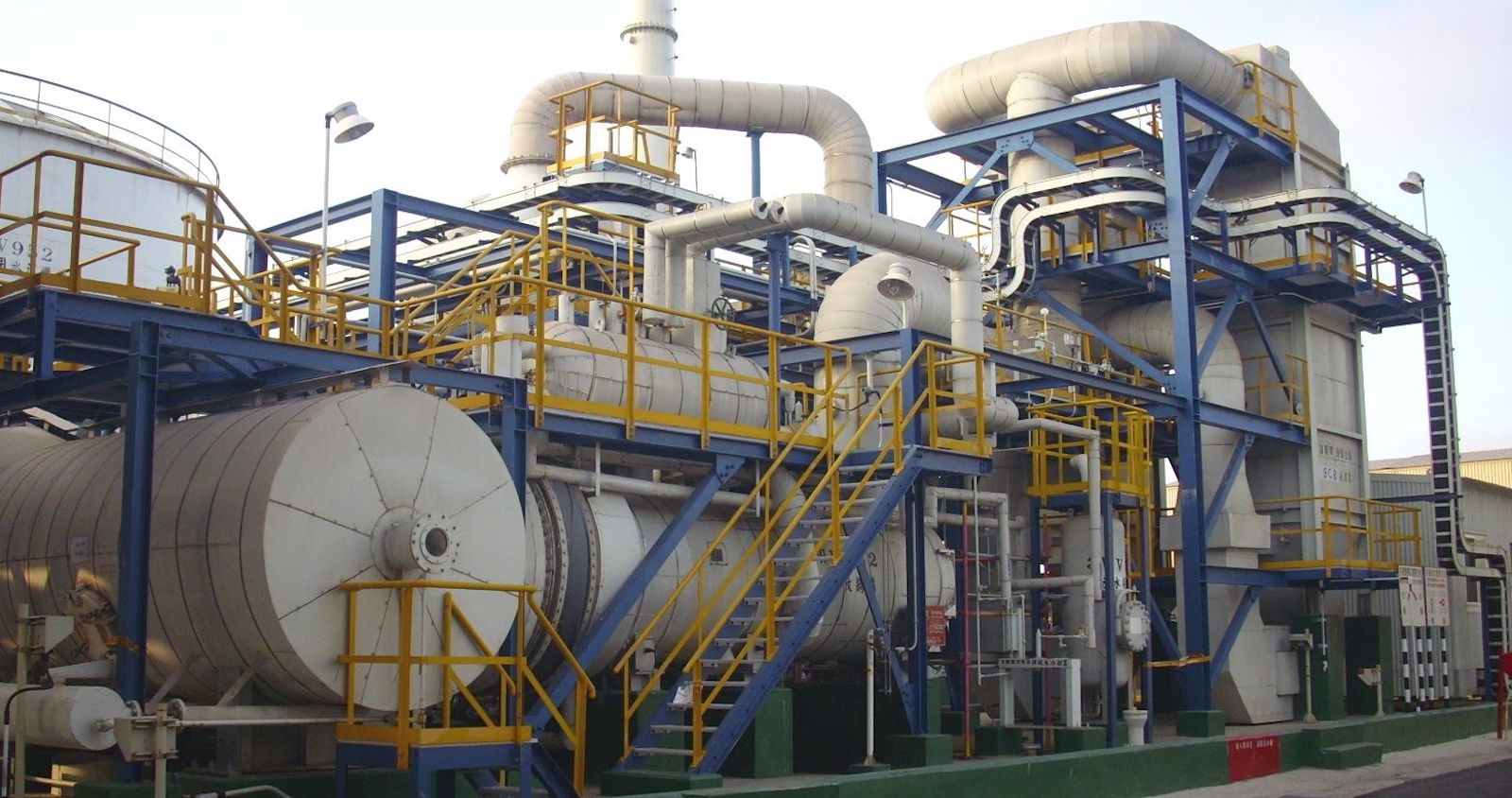Leading Liquid Waste Disposal Melbourne: Trusted Solutions for Proper Waste Monitoring
Leading Liquid Waste Disposal Melbourne: Trusted Solutions for Proper Waste Monitoring
Blog Article
Just How Liquid Waste Disposal Functions: A Thorough Overview of Strategies and Technologies Utilized

Introduction of Liquid Waste Kind
The intricacy of fluid waste kinds requires a complete understanding of their features and effects for disposal. Fluid waste can generally be categorized into several types, consisting of commercial, metropolitan, farming, and contaminated materials. Each group shows distinctive buildings, calling for specific monitoring approaches to alleviate environmental and health dangers.
Industrial liquid waste stems from making processes and typically has a range of pollutants, such as heavy metals, solvents, and natural compounds. Community fluid waste, primarily comprising wastewater from houses and commercial facilities, consists of raw material, nutrients, and microorganisms (industrial wastewater treatment). Agricultural fluid waste, consisting of overflow from farms, might include plant foods, pesticides, and animal waste, posturing dangers to water quality and ecosystems
Hazardous liquid waste is identified by its toxicity, sensitivity, or prospective to create damage. This category consists of substances like acids, bases, and particular chemicals that necessitate rigid handling and disposal methods. Understanding these varied liquid waste kinds is critical for developing efficient disposal methods and making certain conformity with ecological guidelines. Proper category and characterization are important for carrying out appropriate treatment strategies and lessening the damaging effects on public health and wellness and the setting.
Physical Treatment Techniques

Testing is the preliminary action, where larger bits and particles are eliminated from the liquid waste utilizing screens or grates. This process protects downstream devices from damage and ensures smoother operation. Adhering to testing, sedimentation makes use of gravitational force to different solids from fluids. In sedimentation storage tanks, much heavier particles settle at the bottom, forming a sludge layer, while the clarified fluid can be more treated.
Filtering is another important method that entails passing the liquid through permeable materials, such as sand or membranes, to record smaller particles. This action enhances the top quality of the liquid, making it suitable for succeeding treatment procedures.

Chemical Treatment Strategies
Chemical treatment strategies are vital for properly handling fluid waste, especially in addressing dissolved and colloidal impurities that physical approaches may not adequately get rid of. These techniques use various chemical agents to counteract, precipitate, or transform hazardous substances into less harmful types.
One typical method is coagulation and flocculation, where chemicals such as alum or ferric chloride are included in promote the aggregation of put on hold particles. This process enhances sedimentation, permitting for simpler elimination of the resulting sludge. Additionally, oxidation processes, utilizing representatives like chlorine or ozone, are used to break down complicated natural substances and pathogens, making the waste safer for discharge or more therapy.
Neutralization is another vital strategy, which readjusts the pH of acidic or alkaline waste streams to neutral levels, protecting against prospective damage to downstream systems and the setting. In addition, progressed oxidation processes (AOPs) use combinations of oxidants and ultraviolet light to deteriorate consistent contaminants, attaining a greater degree of treatment effectiveness.
Organic Therapy Processes
Biological treatment processes play an important role in the management of fluid waste by utilizing microorganisms to break down organic issue and minimize pollutant degrees. These processes can be extensively categorized into aerobic and anaerobic treatments, each employing specific microbial areas to accomplish efficient waste deterioration.
Cardiovascular treatment involves using oxygen to assist in the failure of natural materials by bacteria. This process is frequently implemented in triggered sludge systems, where aeration containers give a helpful atmosphere for microbial growth, causing the oxidation of natural contaminants. The resultant biomass can be separated from dealt with effluent with sedimentation.
In contrast, anaerobic therapy occurs in the absence of oxygen, counting on different bacteria to damage down raw material. This technique is specifically beneficial for high-strength waste, as it generates biogas, a renewable resource source, while reducing sludge manufacturing. Technologies such as anaerobic digesters are often utilized in industrial and metropolitan applications.
Both cardiovascular and anaerobic organic therapies not just minimize the ecological effect of fluid waste however likewise assist in source healing, making them important parts of sustainable waste monitoring approaches. Their adaptability, effectiveness, and performance support their extensive useful site application throughout numerous industries.
Arising Technologies in Disposal
Cutting-edge methods to fluid garbage disposal are rapidly advancing, driven by improvements in modern technology and a boosting focus on sustainability. Amongst these emerging modern technologies, membrane bioreactors (MBRs) have actually gotten grip for their capacity to combine biological therapy with membrane filtering, leading check that to high-quality effluent that can be reused in different applications. MBRs allow smaller sized impacts and a lot more reliable operations compared to conventional systems.
An additional promising development is making use of anaerobic digestion integrated with nutrient healing technologies, which not only treats liquid waste however likewise produces biogas and recuperates beneficial nutrients like nitrogen and phosphorus. This dual benefit enhances source performance and lowers ecological impact.
Furthermore, advanced oxidation processes (AOPs) are being taken on for the destruction of intricate organic pollutants. These methods make use of effective oxidants and drivers to break down contaminants at the molecular level, providing an extremely effective solution for tough waste streams.
In addition, the combination of artificial intelligence and artificial intelligence in waste administration systems is enhancing operational performance and anticipating upkeep, causing decreased costs and boosted environmental compliance. These technologies reflect a significant change towards more efficient and sustainable fluid garbage disposal practices.
Verdict
In verdict, reliable liquid waste disposal requires a thorough understanding of different strategies and technologies. By constantly advancing these techniques, it comes to be feasible to resolve the growing challenges connected with fluid waste, inevitably contributing try this site to environmental security and resource healing.
Fluid waste disposal is an essential facet of environmental management, requiring a comprehensive understanding of various methods and innovations customized to various waste kinds. Fluid waste can extensively be classified into several types, including industrial, community, agricultural, and dangerous waste. Agricultural liquid waste, including overflow from farms, may include plant foods, chemicals, and pet waste, posturing threats to water top quality and ecosystems.
Various physical treatment techniques play an important function in handling liquid waste effectively - industrial wastewater treatment.In verdict, reliable fluid waste disposal requires an extensive understanding of various techniques and technologies
Report this page